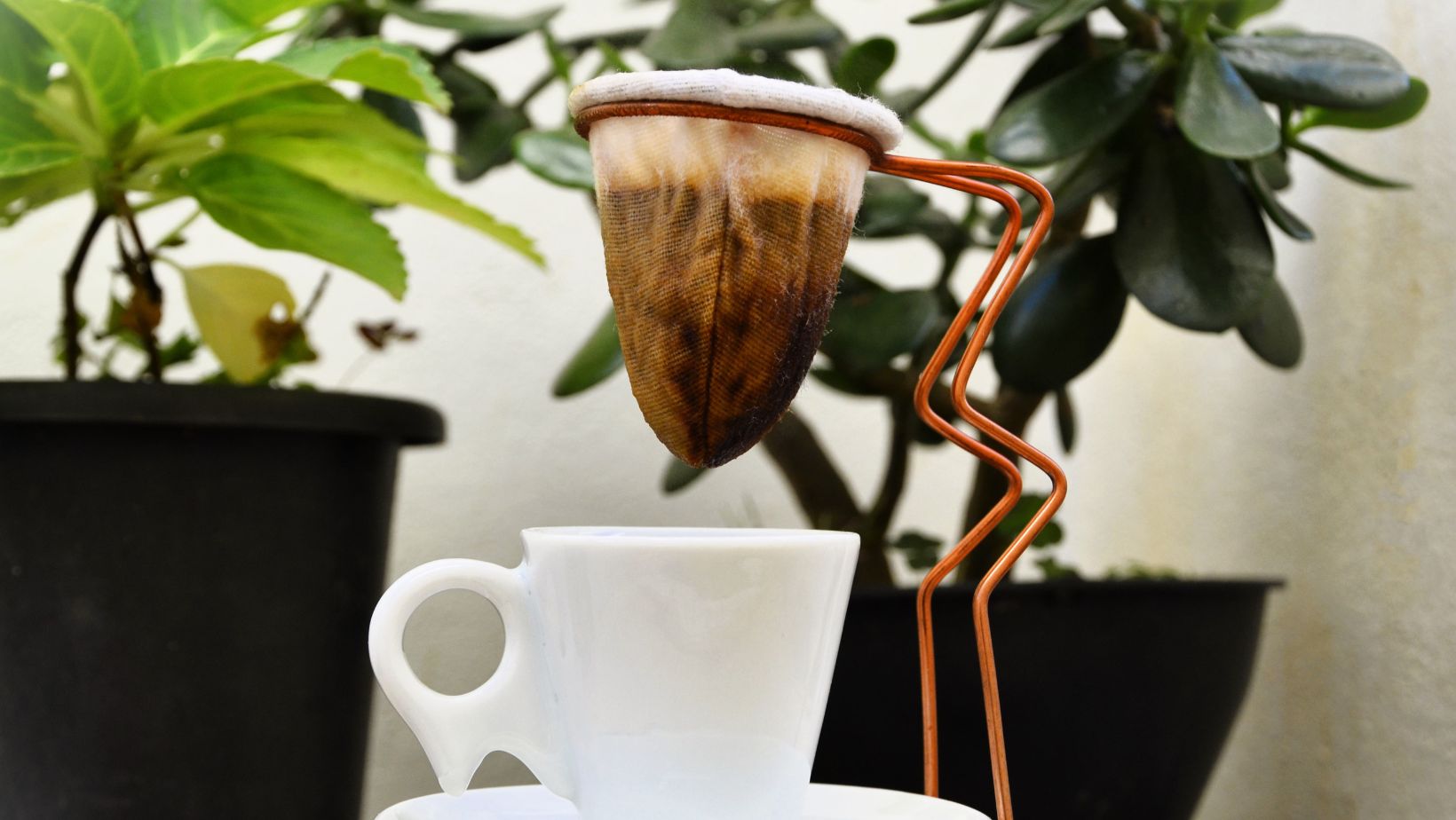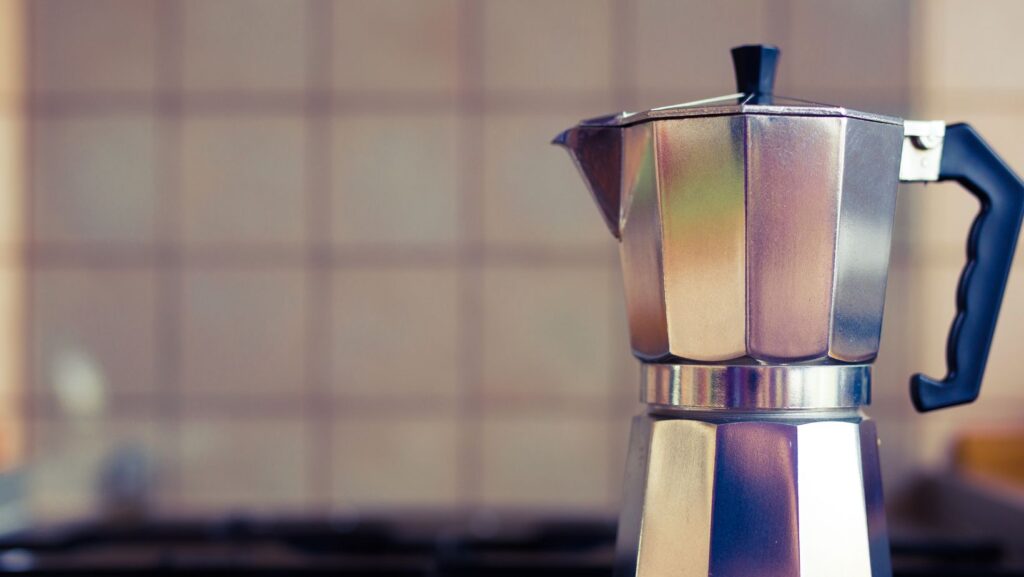Coffee lovers often debate whether electric coffee percolators or traditional drip coffee makers deliver the better cup. Both methods have long histories and loyal fans, but they differ in flavor, convenience, and overall experience. An electric percolator produces a stronger, bolder brew, while a traditional coffee maker offers a smoother, milder taste with less effort.
The choice depends on what someone values most in a morning routine. A percolator allows more control over strength but requires closer attention to avoid bitterness. A coffee maker, on the other hand, offers speed, consistency, and features like programmable timers that fit busy lifestyles.
Understanding these differences helps narrow down which method matches personal taste and daily habits. From flavor profiles to ease of use and long-term practicality, both brewers bring unique advantages that can shape the way coffee is enjoyed every day.
Electric Coffee Percolators vs. Traditional Coffee Makers: Core Differences
The two brewing devices differ in how they move water through coffee grounds, the strength and taste of the final cup, the control of heat during brewing, and the level of convenience for daily use. Each factor shapes the overall experience and can help determine which method better matches personal preferences.
Brewing Method and Process
Electric coffee percolators push hot water up a central tube, then allow it to fall back through the grounds multiple times. This cycle continues until brewing ends. The process recirculates water, which increases extraction and leads to a more concentrated cup.
Traditional drip coffee makers use a simpler gravity-fed system. Hot water passes once through the grounds, then collects in a carafe. This single-pass process produces a more consistent and predictable brew.
The difference in circulation makes a noticeable impact. Percolators often brew faster and create a stronger extraction, while drip machines favor a slower, more controlled flow.
Flavor Profile and Coffee Strength
Because percolators cycle water through the grounds repeatedly, they often produce a stronger and darker-tasting coffee. Many describe the result as bold but sometimes leaning toward bitter if the brew runs too long.
Drip coffee makers create a lighter and smoother cup. The single pass of water extracts fewer compounds, which preserves more delicate notes in the beans. This method tends to highlight subtle flavors rather than intensity.
For those who enjoy a punchy taste and higher caffeine extraction, electric coffee percolators offer that experience. For those who prefer balance and clarity, drip machines usually provide a better fit.
Brewing Temperature and Over-Extraction
Heat control plays a major role in coffee quality. Percolators often brew at higher temperatures since the water must reach near boiling to cycle through the tube. This heat can extract more oils and caffeine but may also risk over-extraction, which causes bitterness.
Drip coffee makers generally keep water in a narrower temperature range, often between 195°F and 205°F. This range allows for more controlled brewing and reduces the chance of harsh flavors.
As a result, percolators can feel less forgiving, while drip machines give more consistent results with less risk of burnt or bitter notes.
Convenience and User Experience
Electric coffee percolators are straightforward to use and often brew faster. Many models, such as electric coffee percolators, include features like keep-warm functions and durable stainless steel construction, which add to their practicality.
Traditional drip coffee makers usually offer programmable timers, automatic shut-off, and the ability to brew larger batches with less attention. These features make them convenient for households that want a set-and-forget operation.
Maintenance differs as well. Percolators have fewer parts, which makes cleaning simple. Drip machines require regular filter changes and descaling, but they provide more flexibility in brew size and style.
Choosing the Right Brewer: Practical Considerations and Use Cases
The choice between electric percolators and traditional coffee makers often depends on lifestyle needs, brewing habits, and long-term upkeep. Factors such as portability, brewing capacity, cleaning demands, and overall cost play a direct role in which brewer makes the most sense.
Portability and Durability
Electric percolators often appeal to people who travel or camp because they are compact and sturdy. Many models have a metal body that resists dents and scratches, making them suitable for outdoor use. In contrast, drip coffee makers usually need a stable indoor setup with access to electricity and tend to include glass carafes that break more easily.
Stovetop percolators, including moka pots, require no electricity at all. They can be used on gas burners, induction cooktops, or even over a campfire. This makes them more versatile for coffee lovers who want fresh coffee outside the kitchen.
Durability also depends on design. A simple stainless steel percolator often lasts longer than a drip coffee maker with multiple plastic parts and electronic controls. Therefore, those who value portability and toughness may lean toward percolators.
Capacity and Brewing Volume
Electric percolators usually brew between 4 to 12 cups, which suits both individuals and small groups. They keep coffee warm for longer periods, which is convenient for households that drink throughout the morning. However, the flavor may grow stronger if the coffee sits too long in the pot.
Drip coffee makers often provide more flexibility in brew size. Many models allow users to brew a single cup or a full carafe. This makes them practical for people who want control over portion size.
Stovetop percolators and moka pots normally brew smaller volumes. These are better for those who value a bold, concentrated cup rather than large batches. Families who need multiple servings at once may find drip coffee makers more efficient.
Maintenance and Cleaning
Cleaning requirements differ between brewers. Electric percolators have fewer parts, and most can be rinsed and wiped with little effort. Their simple design reduces the chance of clogs. However, the internal tube and basket should still be checked regularly for residue.

Drip coffee makers need more frequent attention. The filter basket, carafe, and water reservoir can collect oils and mineral deposits. Descaling is often necessary to prevent buildup. Neglecting this step may affect both taste and machine performance.
Stovetop percolators are straightforward to clean. They usually have only a few metal parts, which can be rinsed under hot water. Many coffee lovers prefer them because they avoid paper filters and complicated cleaning routines.
Cost and Value
Electric percolators are generally affordable and last many years if cared for properly. Their durability and simple mechanics add long-term value. They also use less energy than drip machines because of shorter brew times and smaller water reservoirs.
Drip coffee makers vary widely in price. Basic models cost little, but advanced ones with timers, grinders, and brew-strength controls can be more expensive. For those who want extra features, the higher price may be justified.
Stovetop percolators and moka pots usually cost less than either electric percolators or drip machines. They have no electronic parts, which reduces the chance of failure. For people who want a one-time purchase with minimal upkeep, these brewers often provide the best long-term value.
Conclusion
Electric percolators appeal to those who enjoy a stronger, bolder cup and do not mind a slower, hands-on process. They create a distinct flavor that some coffee drinkers find more satisfying than drip methods.
Traditional coffee makers, however, provide consistency and ease of use. They suit busy routines and deliver a smoother taste that highlights subtle notes in the beans.
Therefore, the better choice depends on what matters more: flavor intensity or convenience. Each method has clear strengths, and the decision comes down to personal taste and daily habits.

